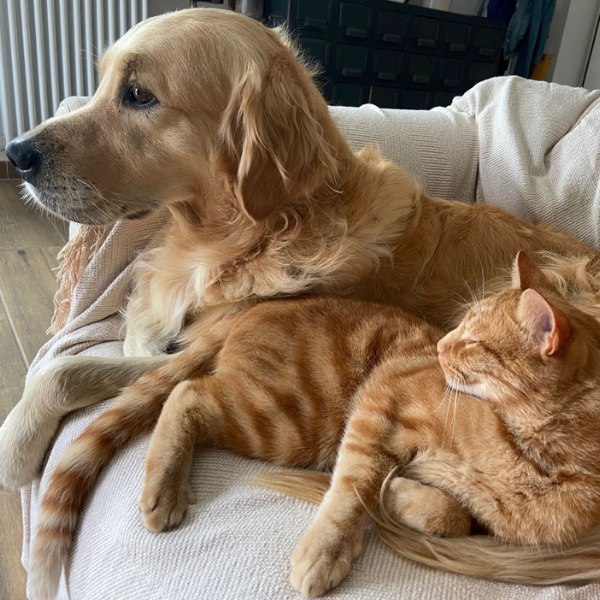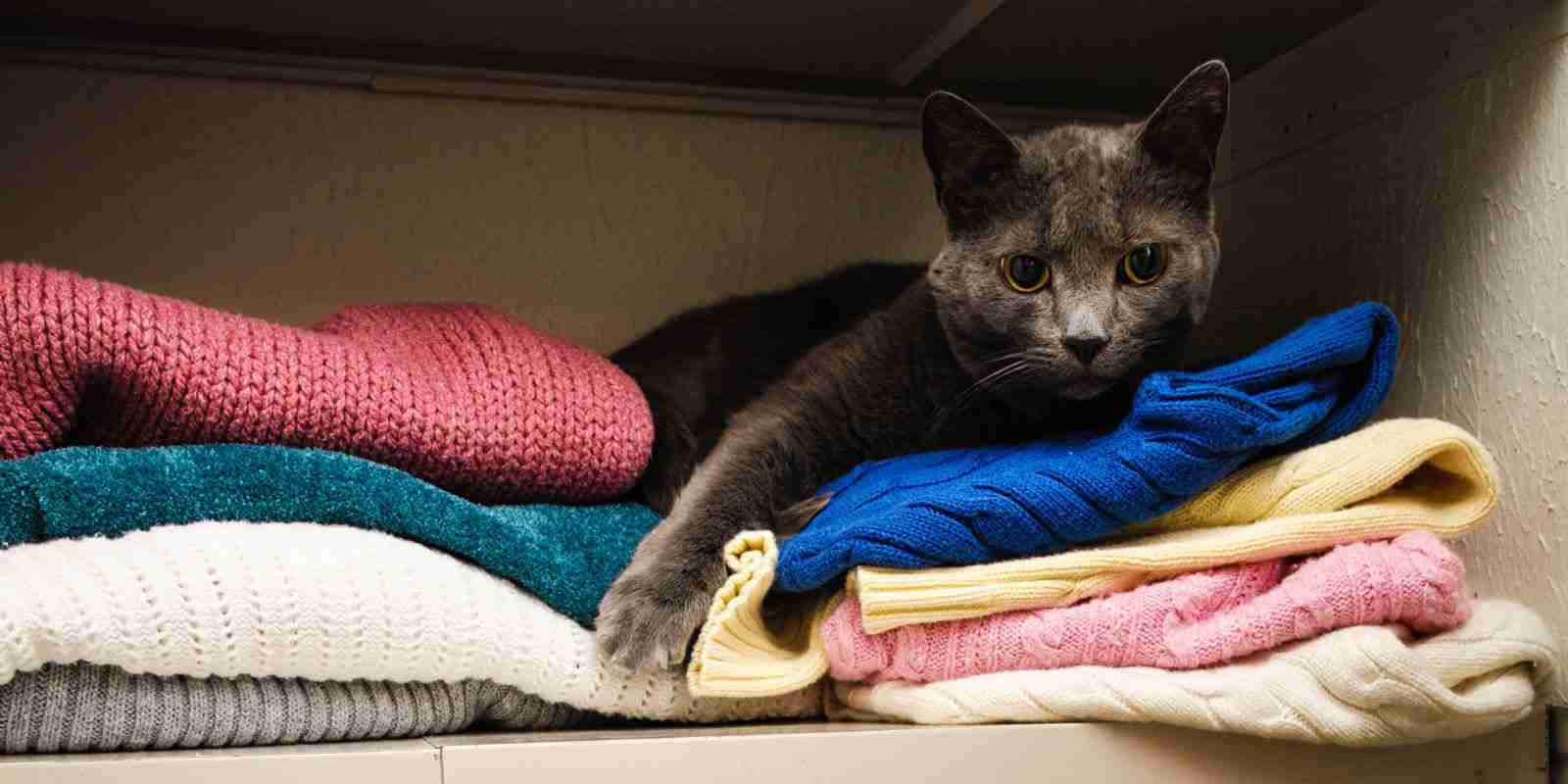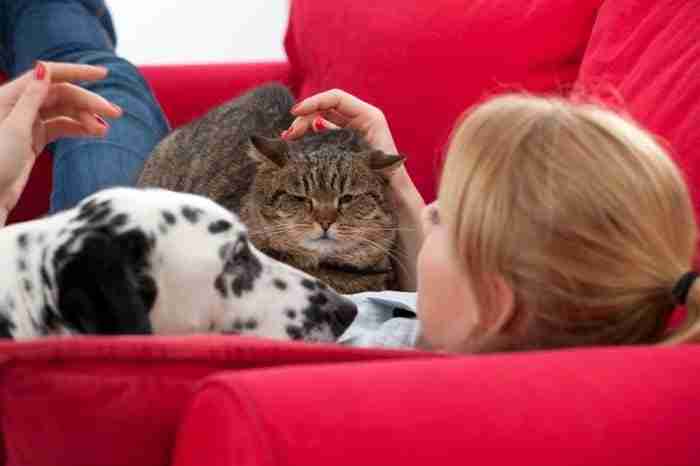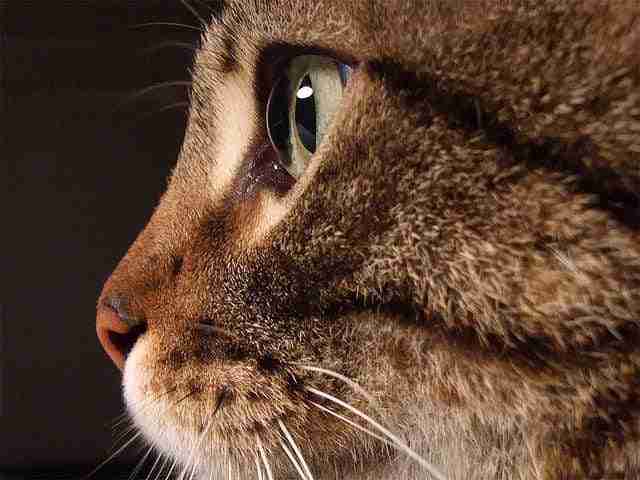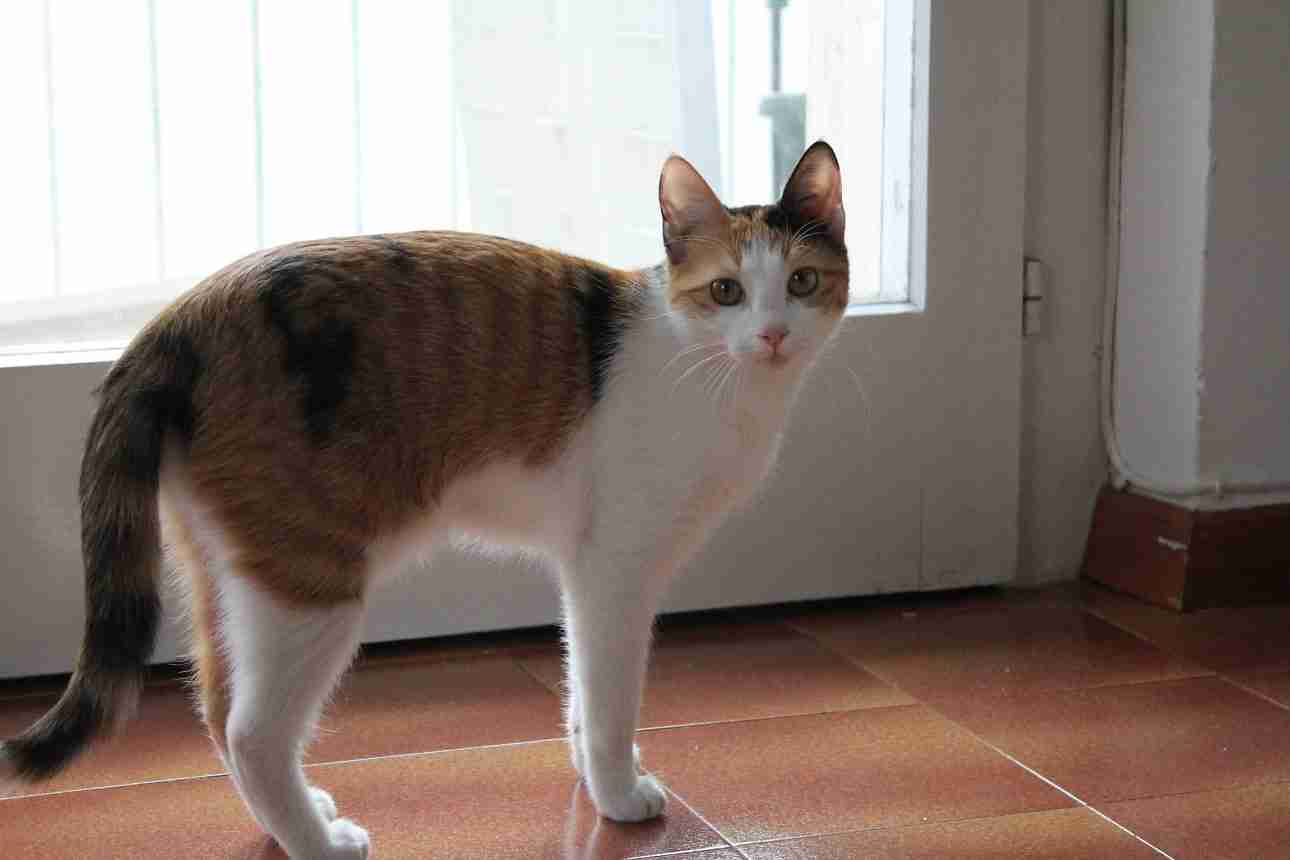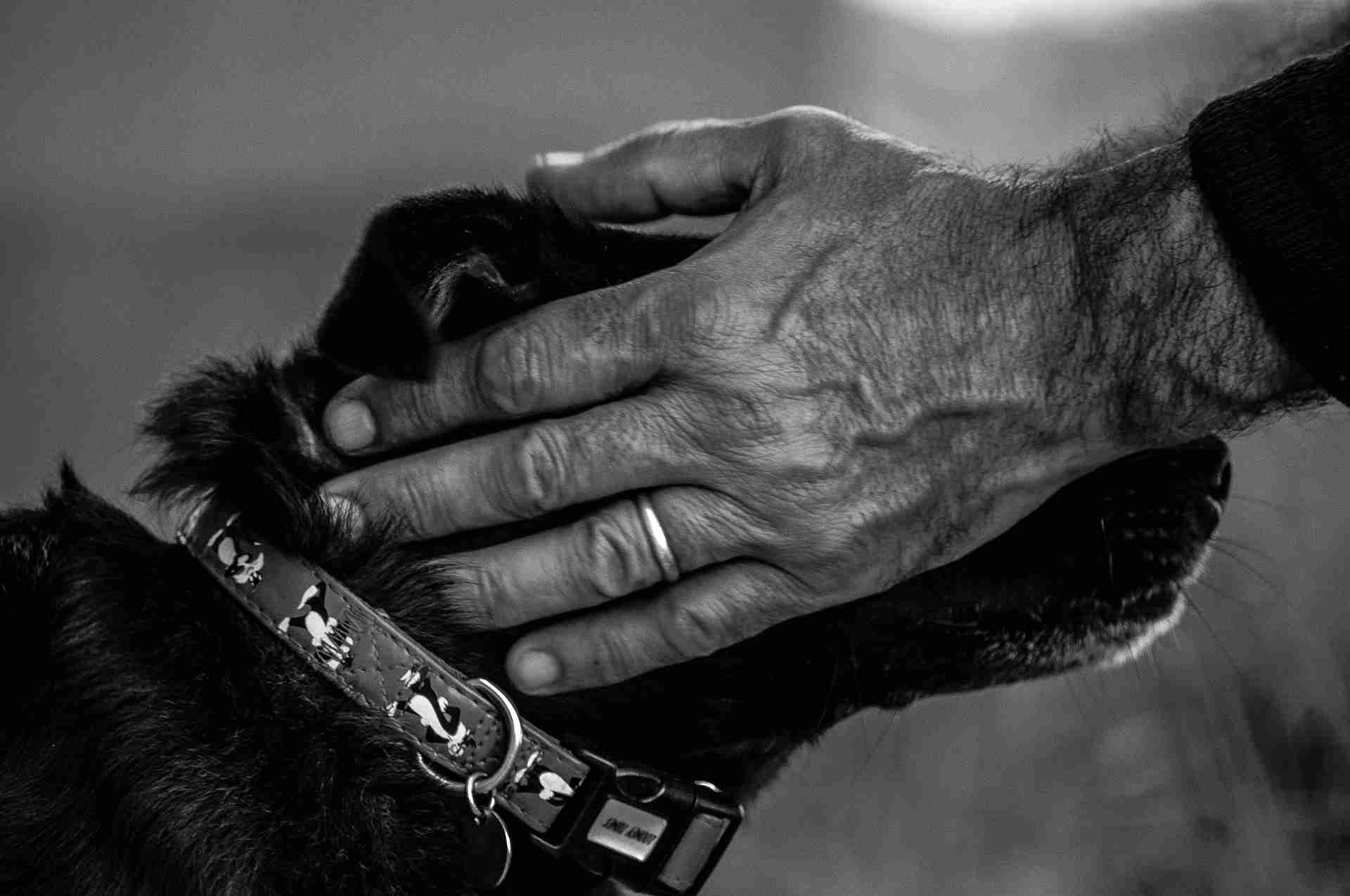Cats and hiding places: play or stress?
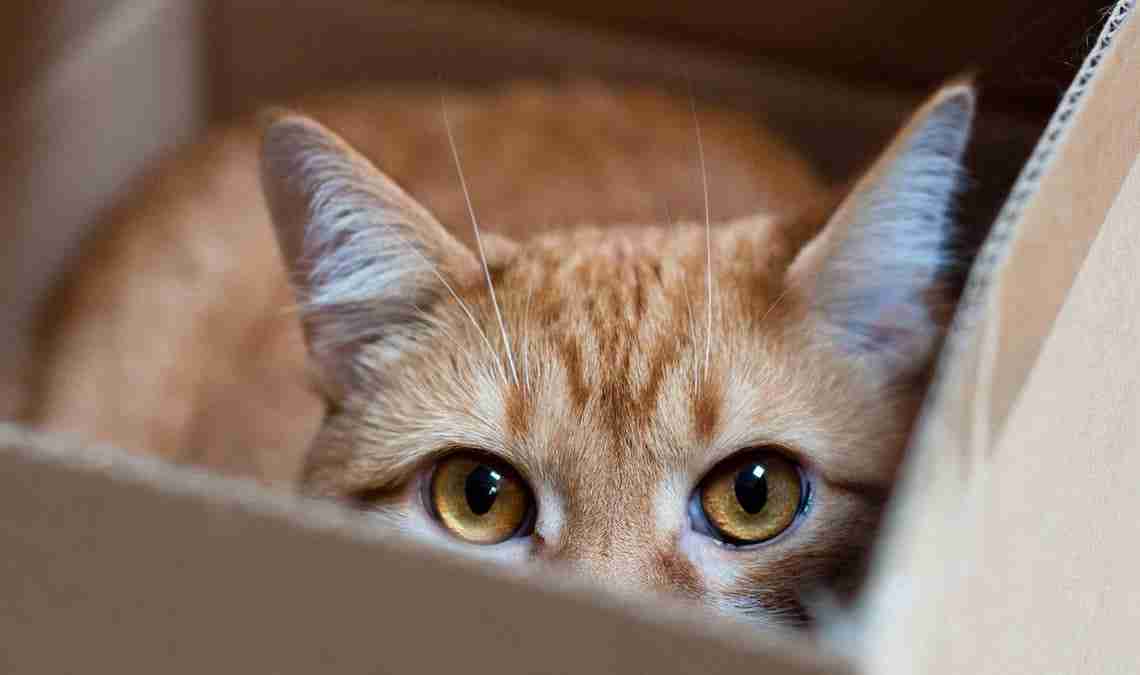
Cats chose hiding places that are unreachable, perfect for camouflage or they can jump inside: we listed 10 possible cat hiding places in our recent blog. But do we know exactly why they hide? Dr Maria Grazia Calore, veterinary surgeon and expert in pet behaviour, explains why our feline friends have this particular characteristic, which earns them the reputation as magical and mysterious animals.
Why does a cat hide?
Cats have an almost “physical" need to hide and isolate themselves from the rest of the world and relax in a controlled territory. Hiding places or places of isolation chosen by the felines are usually high, difficult to reach, and secure, possibly with view of the outside or the whole room: a sort of castle placed on high ground.
Even though a cat is a predator, it doesn't have the body size to avoid being prey itself: for this reason, it needs to feel secure when it rests so it chooses inaccessible locations to go to sleep.
Assuring we provide plenty of hiding places for our cats helps improve our pets' living environment, helping them stay calm.
When should we worry?
If cat hides himself away to sleep but spends much of his time together with others in the household, plays, explores and marks things or people, we can relax. However, if he is inclined to hide away for much of the time, going out only when there isn't anyone at home; demonstrating other signs of discomfort such as messing out of the litter tray or neglecting his personal hygiene; or their hiding places or games become less important, there may be an underlying problem. It could be a physical problem such as pain caused by arthritis if our cat is old like Tiffany Two, or it could be an anxiety issue that incites our cat to resize its environment in search of reassurance. In both cases, we should consult our veterinarian who will choose an appropriate therapy for our pet.
Should we play hide and seek with our cat? Better not
Better not to test our cat with these type of games: we would be communicating that we are a potential prey attracting scratches and bites even when we are not playing. Executing sudden ambushes on our pet could instil fear in our feline, compromising the cat-owner relationship. Body language communication such as dilated pupils, ears carried close to the head, a tail that moves jerkily or bristling fur says it all: the cat is not enjoying himself.

